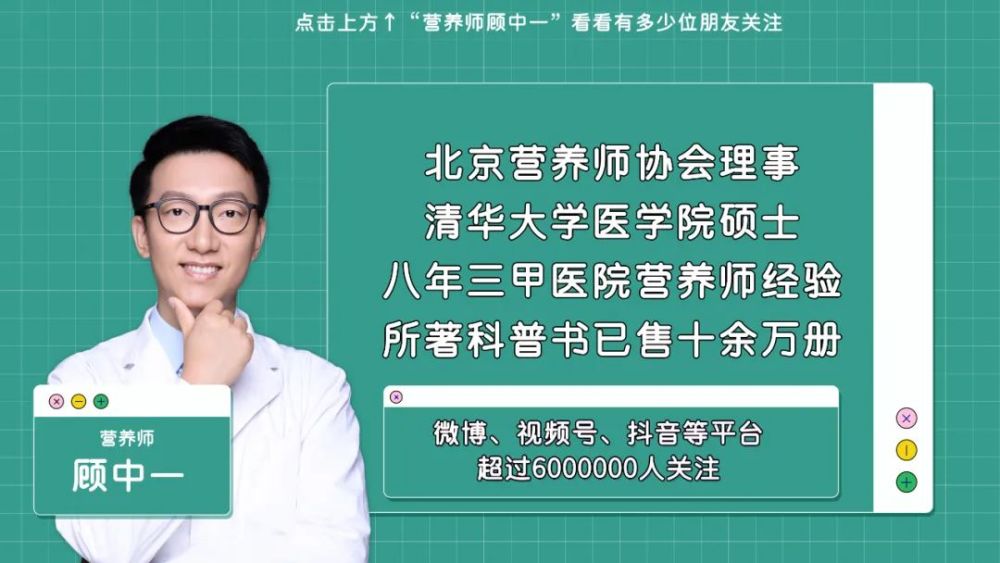
This article is about 1200 words and takes about 2 minutes to read
Dish soap is probably the most common item in every modern kitchen and is used almost every day.
Recently, many readers have asked:
Is dish soap safe? I have heard that long-term exposure to dish soap left on food or tableware can cause cancer, teratogenicity, genetics...
Are fruit and vegetable cleaners safer than dish soap? What about fruit and vegetable cleaners for babies?
I say
As long as it is a regular production of dish soap, reasonable use, are safe.
Fruit and vegetable cleaners, fruit and vegetable cleaners specially for babies are all marketing by merchants, and if you don't have bad money, you can buy them.
1
What's in the dish soap?
The most important ingredient in dish soap is surfactant.
The reason why the tableware is difficult to wash is because it is attached to the grease of the dish, and the grease is insoluble in water, but the surfactant can make the oil and water "kiss" and achieve the purpose of degreasing.
Surfactants are still organic compounds, and some of the organophosphorus and carbamate pesticides remaining on fruits and vegetables are also organic compounds, and the two are mutually soluble, which is why some detergents can help reduce pesticide residues on the surface of fruits and vegetables.
2
Is dish soap safe?
Everyone has been very vigilant about the residue of dish soap, in fact, it is worried about the safety of surfactants.
Acute toxicity of surfactants is usually expressed in terms of half of the lethal amount taken orally by laboratory animals (LD 50, g/kg), that is, when this dose is eaten/smeared/injected at a time, half of the experimental animals will die.
The smaller the value of half the lethal dose, the more toxic it is. In general, LD 50 above 1000 mg/kg is considered to be less acutely toxic. In order to give everyone an idea of this value, let me first tell you two data, the LD50 of table salt is 3000 mg/kg (rats), and the LD50 of alcohol is 6670 mg/kg. [1,2]
Surfactants are divided into anionic, cationic, nonionic and amphoteric, of which the most produced and applied in the mainland is anionic and nonionic. [3]
As can be seen from the table below, the most toxic sodium stearate in anionic surfactants is already less toxic, and the toxicity of nonionic and amphoteric surfactants is generally lower than that of anionic surfactants, which is similar to table salt, and can be said to be quite safe. [1,2]
Image from references[1]
As for the carcinogenicity, teratogenicity, hereditary and other problems that may result from long-term use, studies have also confirmed that anionic surfactants such as LAS, AES, AOS, which are widely used, will not cause harm to humans or the environment. The results of subacute and chronic toxicity experiments of nonionic surfactants are also non-toxic. [1,2]
The research and development of such products as detergent has been relatively mature, and the pass rate of market spot checks in recent years is also quite high, almost all of which are 100% qualified. [4-6]
Image from references[4]
3
Are fruit and vegetable cleaners better than dishwashing detergents?
Fruit and vegetable cleaners, as well as so-called baby-specific fruit and vegetable cleaners, are actually Class A detergents that can be directly exposed to food.
The "GB 14930.1-2015 National Standard for Food Safety Detergents" implemented in 2016 divides traditional dishwashing detergents into two categories according to the different uses of products:
Class A products: Detergents used directly for cleaning food.
Class B products: Detergents used to wash dining utensils and tools, equipment, containers and food packaging materials that come into contact with food.
The outer packaging of dish soap products should be marked on the category (class A, B), and the packaging of class A can also be directly written "can be directly contacted with food", so that even if accidentally ingested, there is no need to worry about safety after entrance. [4]
If you want to wash fruits and vegetables, choose a product with the words "GB 14930.1 Class A", "Class A" or "Food Use" on the packaging. There is no need to spend a lot of money to buy special fruit and vegetable cleaners and baby-specific fruit and vegetable cleaners.
In fact, whether it is Class A or Class B dish soap, it is safe and reliable under reasonable use scenarios. If you want to use dish soap and are particularly worried about safety, you can choose to use Class A dishwashing detergent to wash food and dishes, and rinse with running water for a while (30 seconds is almost the same).
In fact, if you place an order on the major e-commerce platforms, then casually buy class A dish soap. Really, I've helped you look through the top sales of dishwashing detergent on major e-commerce platforms, all of which are class A!
remind
More and more manufacturers choose to use milder surfactants that have less skin irritation according to consumer demands, but surfactants will reduce the sebum of the skin epidermis, which is difficult to avoid.
To protect your skin, you can wear gloves when washing dishes, apply hand cream after washing, or use a dishwasher
See what kind of dish soap is in your house?
The video version of nutrition science is here
Pay attention to my video number so that you will not miss it
Resources
Fang Yun,Xia Yongmei. Safety and mildness of surfactants[J].Daily Chemical Industry,1998(06):24-29.
Wang Xuechuan,Qiu Baiyu. Toxicity of surfactants[J].Daily Chemical Sciences,2005(06):22-26.
ZHANG Biao,FAN Weili. Application progress of surfactants in household detergents[J].Applied Chemical Industry,2008(02):205-210.
[4] 2021 Hainan Province production field detergent product quality supervision and random inspection results (2021-10-14) https://amr.hainan.gov.cn/zw/zlcc/202110/t20211014_3074673.html
[5] Xi'an Municipal Market Supervision and Administration Bureau Detergent Product Quality Supervision and Random Inspection Results Announcement (2020-12-10) http://scjg.xa.gov.cn/hdjl/xxgs/ltlyspzljcgs/5fd97c74f8fd1c59665351be.html
[6] 2021 Tableware Detergent Product Quality Municipal Supervision and Random Inspection Announcement (No. 7) (2021.3.17) http://scjgj.suzhou.gov.cn/szqts/zlcc/202103/a7d24cc432b84f56a216893505726de1.shtml
[7] GB 14930.1-2015 National Standard for Food Safety Detergents